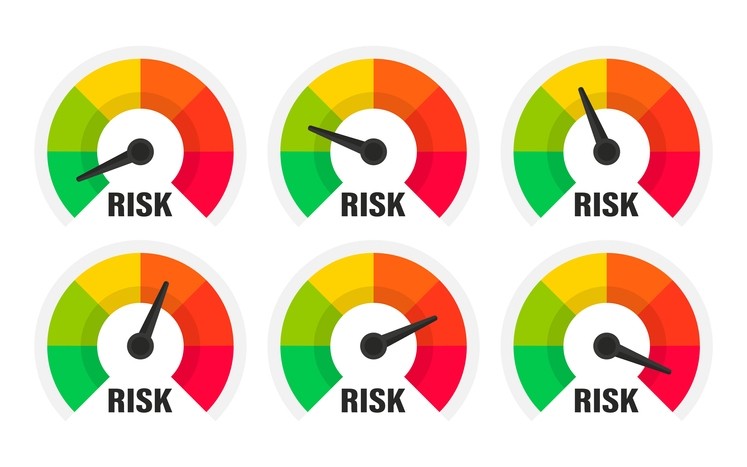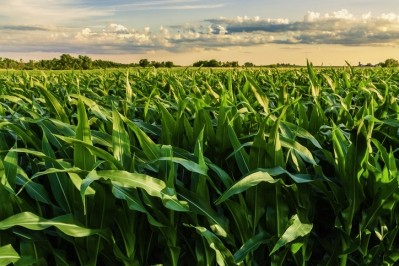The threat DON poses for poultry - here’s what mycotoxin experts are saying

EFSA’s Panel on Contaminants in the Food Chain (CONTAM), in a report released last week, re-evaluated and subsequently lowered the reference levels for deoxynivalenol (DON) for poultry and horses, after having done so for fumonisins in summer 2022.
The European Food Safety Authority's reassessment is a clear sign to industry to remain alert to the threat of mycotoxin-contaminated raw materials, says Lorran Gabardo, mycotoxin risk management product manager, DSM.
The Authority's reference levels for poultry – namely broilers and turkeys - have been revised downwards significantly, from 20 to 1 part per million (ppm) for fumonisins and from 5 to 0.6 ppm for DON.
Fumonisins and DON are two of the most commonly occurring fungal metabolites in feedstuffs globally, and their combined presence in poultry feed poses a threat to both profitability and food safety—two major topics for the industry, stressed Gabardo.
According to the latest DSM mycotoxin survey, 60% of poultry feed samples tested in 2022 contained DON, at an average concentration of 0.8 ppm. “That is a 60% higher average concentration than in 2021,” reported the mycotoxin expert.
Gabardo said the research cited in the EFSA report indicated three concerning effects of DON contamination on poultry:
- DON reduces gut surface responsible for nutrient absorption, resulting in lower zootechnical performance of the birds and consequent lower profitability for poultry producers.
- DON increases paracellular permeability, leading to a shift in microbiota profile which can increase the proliferation of pathogenic bacteria such as Campylobacter sp., opening the door to food safety and public health concerns.
- The presence of DON in feed impairs the immune development of birds, making them more susceptible to diseases and reducing the efficacy of vaccines.
Four of the studies that helped inform the new opinion by EFSA on the risk posed by DON involved DSM researchers as authors or co-authors, she added.
US research findings
“Considering how we are learning more about the presence and impact of multiple mycotoxins in animal diets, lowering the advisory levels for DON could be seen as a positive step,” Dr Radka Borutova told us. She is the European technical support manager for the mycotoxin management program at Alltech.
Alltech's recommended practical limits for DON in broiler diets have been set at 1,500ppb (1.5mg/kg) for the past 10 years, she said.
“Recent broiler research conducted in association between Southern Poultry Research and Alltech demonstrated that, at DON levels of 2,000ppb (2mg/kg), we are seeing negative effects on bird health and performance,” reported Dr Borutova.
Although there is less research in the equine area, Alltech’s recommended practical limits for the presence of that mycotoxin in equine feed are set at 2,000ppb (2mg/kg).
Low levels of mycotoxins can impact birds
EFSA’s recent opinion reassessing the toxicity of DON contamination of feed for broilers and turkeys reinforces the conclusions of Cargill’s work on the assessment of the risks associated with mycotoxins, said Thomas Pecqueur, global technology lead for additives, at Cargill’s animal nutrition division.
Cargill studied the impact of mycotoxins on the performance of poultry in 2022 and found birds started to suffer from exposure to DON in feed at levels significantly lower than those determined in 2017 by EFSA, he remarked.
Even if present in low dosages – contamination that can often go under the radar – mycotoxins can be responsible for reduced production efficiency, undermining farm profitability, said the Cargill spokesperson.
Cargill has quantified the adverse effects of low mycotoxin levels and established performance risk thresholds: it has included that data in its 2022 World Mycotoxin Report, which will be published tomorrow.








